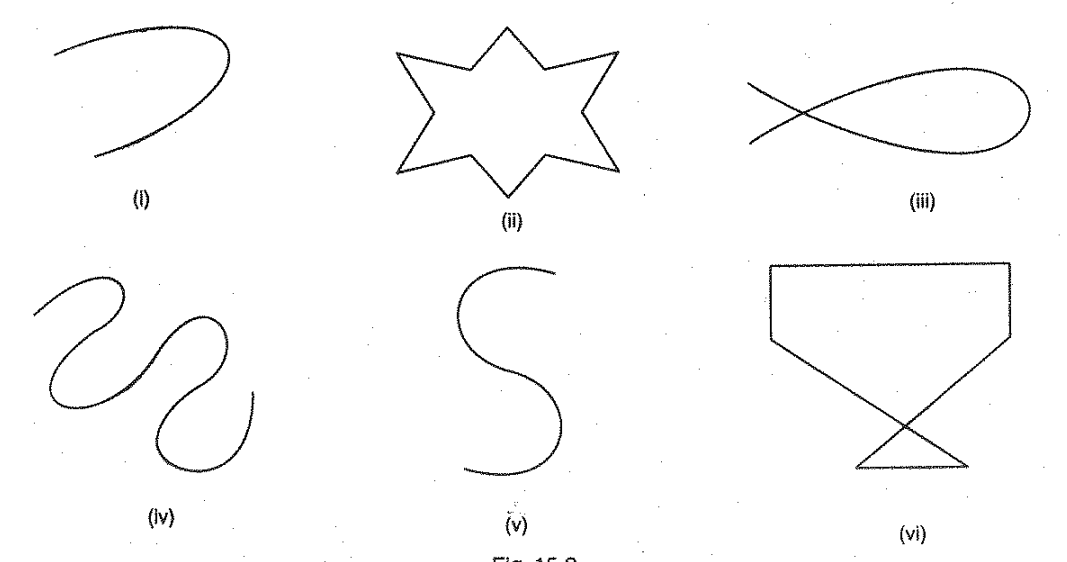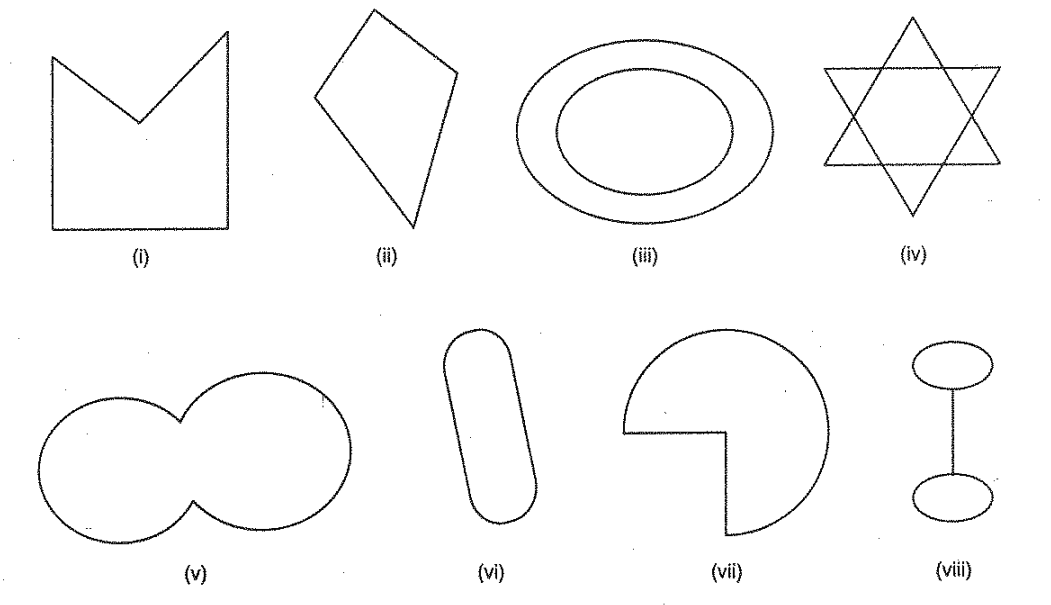In an AP, Sp=q, Sq=p. Then Sp+q is equal to:
a. 0
b. −(p+q)
c. (p+q)
d. pq
Step by step video solution for In an AP, S_p=q, S_q=p. Then S_(p+q) is equal to: a. 0 b. -(p+q) c. (p+q) d. pq by Maths experts to help you in doubts & scoring excellent marks in Class 10 exams.
সম্পর্কিত প্রশ্ন
If alpha , beta gamma are the roots of the equation x^3+px^2+qx+r=0 , then (1-alpha^2)(1-beta^2)(1-gamma^2) is equal to (a) (1+q)^2-(p-r)^2 (b) (1+q)^2+(p+r)^2 (c) (1-q)^2+(p-r)^2 (d) none of these
05:06View SolutionThe measure of the angle between the internal and external bisectors of an angle is: (A) 60° (B) 70° (C) 80° (D) 90°
03:22View SolutionIf the difference between mean and m0de is 63, the difference between mean and median is 189 (b) 21 (c) 31.5 (d) 48.5
01:32View SolutionClassify they following curves as open or closed:
 01:44View Solution
01:44View SolutionFollowing are some figures: Classify each of these figures on the basis of the following:(i) Simple curve (ii) Simple closed curve (iii) Polygon (iv) Convex polygon (v)Concave polygon (vi) Not a curve
 05:11View Solution
05:11View SolutionIf the difference between mean and m0de is 63, the difference between mean and median is 189 (b) 21 (c) 31.5 (d) 48.5
01:35View SolutionIf the difference between mean and m0de is 63, the difference between mean and median is 189 (b) 21 (c) 31.5 (d) 48.5
01:11View Solution∫pxp+2q−1−qxq−1x2p+2q+2xp+q+1dx is equal to
(1) −xpxp+q+1+C (2) xqxp+q+1+C
(3) −xqxp+q+1+C (4) xpxp+q+1+C05:27View Solution

